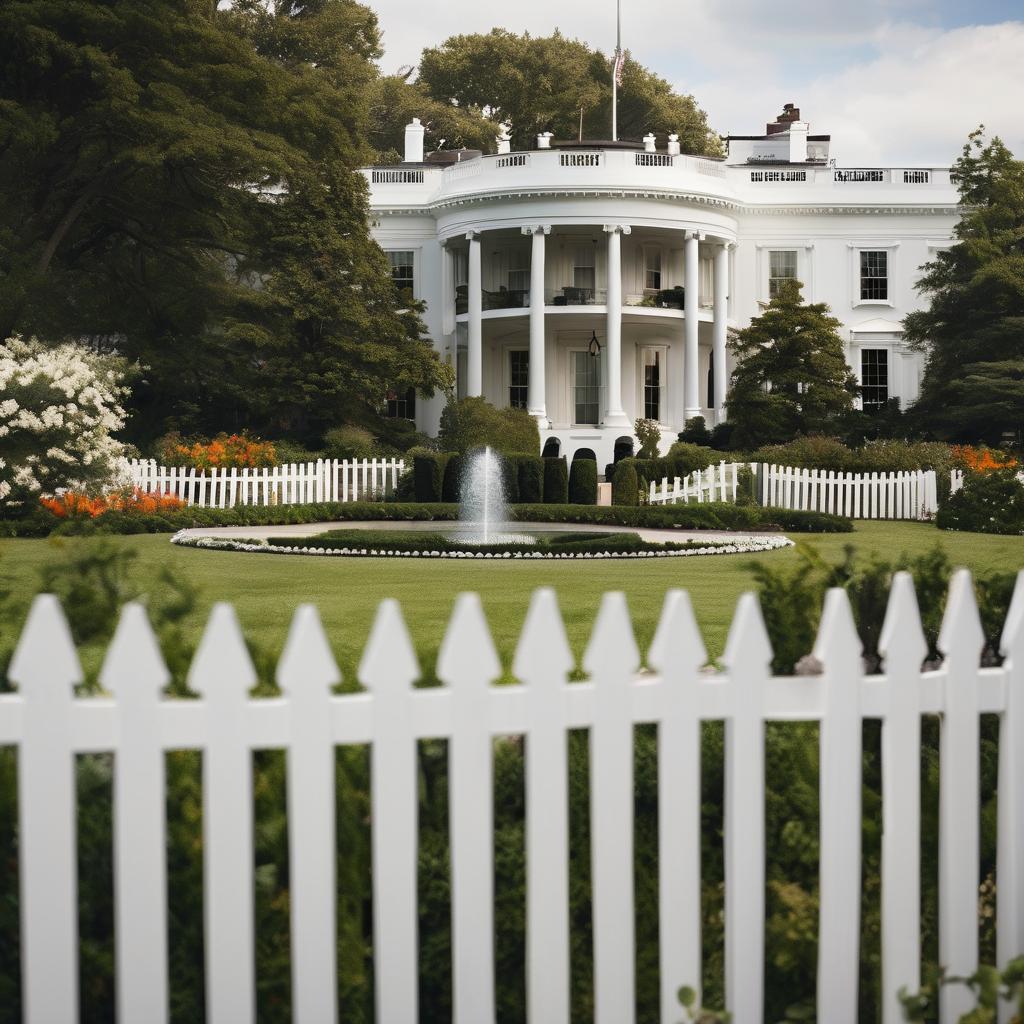In a memorable moment from 1996, President Bill Clinton took a break from a press junket to screen the blockbuster film “Independence Day” at the White House. The film’s depiction of the White House being destroyed by an alien spaceship resonated with those present, including director Roland Emmerich and screenwriter Dean Devlin, who were stationed at the back of the screening room. Actor Bill Pullman, who portrayed President Thomas J. Whitmore, was seated between Clinton and First Lady Hillary Clinton during the viewing.
Just after the iconic scene in which the White House is obliterated, Clinton momentarily exited the room, only to return a minute later, humorously shaking water off his hands. Emmerich later recounted that many others in the audience had also rushed out at the same moment, leading to speculations about the effect that such imagery had on viewers.
Fast forward to the present, the recent demolition of the East Wing of the White House to facilitate Donald Trump’s renovation plans has reignited discussions about the symbolism embedded in the physical destruction of such an iconic landmark. The East Wing, standing since 1902, fell prey to renovation as part of plans for a new ballroom that aims to seat a thousand guests. The recent modifications echo the earlier destruction of the Rose Garden, which had been established by Jacqueline Kennedy.
The White House has become a familiar site of destruction in popular culture. This year, in “Captain America: Brave New World,” the iconic building witnessed significant turmoil as superhero Sam Wilson battled against President Thaddeus Ross in a scene that saw damage but ultimately showed the White House being restored.
Similarly, the upcoming film “Civil War,” directed by Alex Garland, features a dramatic siege of the White House, culminating in a fictional president’s harrowing demise in the Oval Office. Historical depictions of the White House under siege were prominent in two films released in 2013: “Olympus Has Fallen,” which centered around a terrorist attack inside the building, and “White House Down,” showcasing a security breach during a tour.
Over the years, the White House has stood as a target for fictional attacks in various genres. In “X-Men: Days of Future Past,” Magneto uses his powers to creatively dismantle the White House bunker, while the disaster film “2012” features a scene where an aircraft carrier collides with the premises. Tim Burton’s “Mars Attacks!” satirically portrays alien interference in American governance, showcasing the lighter side of such destruction.
Cinematic interpretations continue to shape our collective understanding of the White House as a site of conflict and resilience. Although having sustained much fictional destruction, its enduring presence symbolizes national strength and continuity, regardless of how it has been portrayed on screen.
